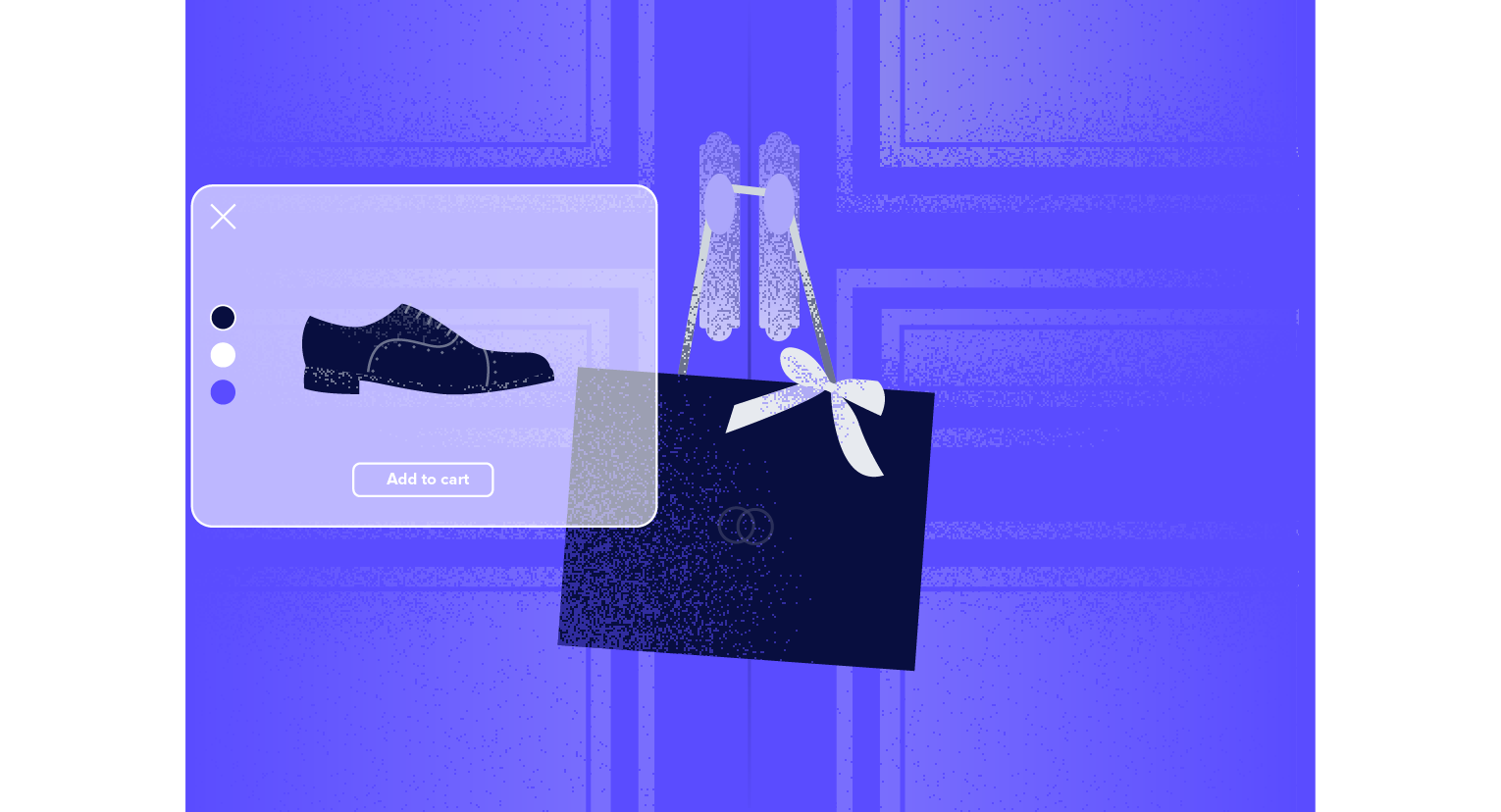Red flags beyond the red carpet

A look at fraud trends in luxury fashion
Next week, all eyes will be on Fifth Avenue in New York, where the 2025 Met Gala will draw the best-dressed A-list celebs and (if the 2024 gala was any indicator) generate record-breaking sums for the Metropolitan Museum of Art’s Costume Institute. Lebron James is stepping into Zendaya’s Louboutins this year as honorary chair. The theme is “Superfine: Tailoring Black Style.”
It’s not just the museum that gets a financial boost from the gala. The annual event can energize sales and brand visibility for luxury fashion labels, generating massive media coverage and potentially driving revenue through celebrity endorsements, product placement, and more. This year, that opportunity comes not a moment too soon, because the industry is at an inflection point.
Exclusive threads, unique threats
Younger and more diverse luxury consumers are creating excitement and massive potential for the sector. At the same time, economic uncertainty looms, and a dynamic fraud and duping landscape is creating unique challenges for an ecosystem where customer experience is sacrosanct.
To help luxury fashion merchants navigate this opportunity and its accompanying risks, Riskified’s research team took a deep dive into luxury fraud trends to unpack key threats and smart strategies. They analyzed how fraud shifts by product, season, price point, and geography and explored how advanced technology and deeper insights can help luxury retailers detect fraud with greater precision to cultivate long-term loyalty.
Tailor your strategy for a seamless experience
Maintaining a high-touch, high-end brand experience is non-negotiable in luxury fashion. Elite labels and merchants must craft fraud prevention strategies that are seamless for loyal customers and buttoned up against abuse.
For a closer look at important fraud trends emerging in 2025 and the tactics required to bolster both reputation and security, read our latest Risk Rundown.


